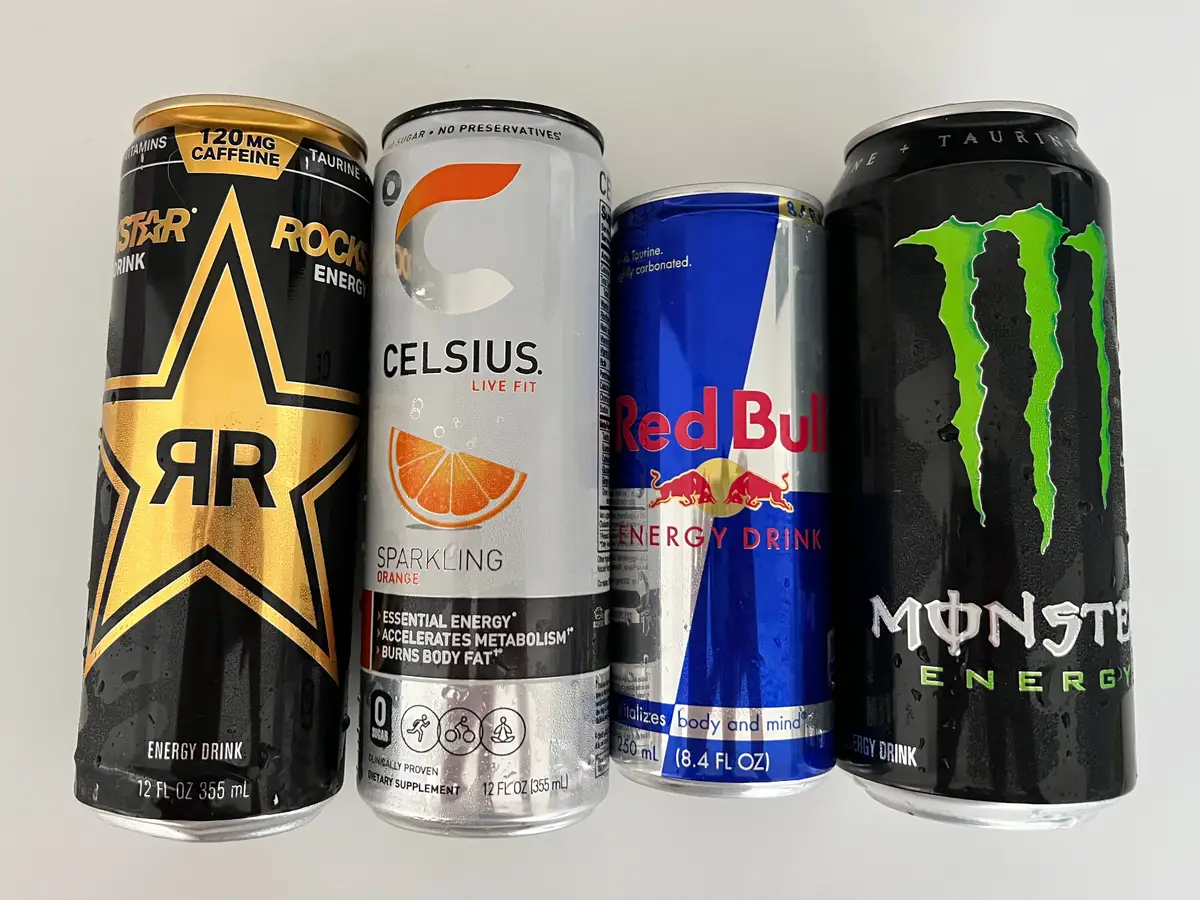When looking at the many water bottles that Northport High School students bring with them daily, it seems that Stanley cups have quickly become the favorite. Many people enjoy these cups because of their ability to keep water cold for hours and the fact that they have an easily accessible straw. Social media has been a main reason for spreading the trend involving these tumblers. Although it helped to spread the brand to many people, it also started spreading the accusation that these popular tumblers have lead in them. This led many people to panic thinking that they had been possibly poisoned because of their latest purchase.
Initially, many people took to social media with at-home lead tests to check if these accusations were true. Videos on social media platforms with these tests went viral and one TikTok even reached seven million views. Many experts are warning that these tests are not reliable and that they should not be trusted in determining whether or not the cups have lead in them.
All of this chaos involving the trendy tumblers left people asking one question: “Does my Stanley have lead inside of it?” Well, the short answer, as released by the company, is yes. But, they also reassured customers by saying that while there is lead in their products, it will not get into your drink. They claim that lead is used within its insulation to help keep drinks inside cold. Lead is a small part of this insulating material and, once it is used in the manufacturing process, it is covered up with a layer of stainless steel. This helps to protect the customer and ensure that they will not come in contact with lead at all.
To further reassure users, professional tests were done on the cups to ensure that they were safe to use. Jack Caravanos, who is a professor of Public Health at NYU, performed tests on three different Stanley cups to see if there were dangerous amounts of lead that customers would be exposed to. With his tests, he found that there was no lead and that the product was safe. He even attempted to open the vacuum-sealed part of the cup to get to the small amount of lead that was within, but he was unable to do so. Caravanos concluded that Stanley cups are completely safe to use and that any lead inside would never become exposed to the person using it.
With all of the panic that this accusation created, it is good to know that avid Stanley cup users are safe. Although many people on social media may have their own opinions on the issue, this is a good reminder that not everything seen on these platforms is true. With help from experts like Jack Caravanos, we can rest easy knowing that the Stanley cup trend both on social media and in Northport High School can live on.




















